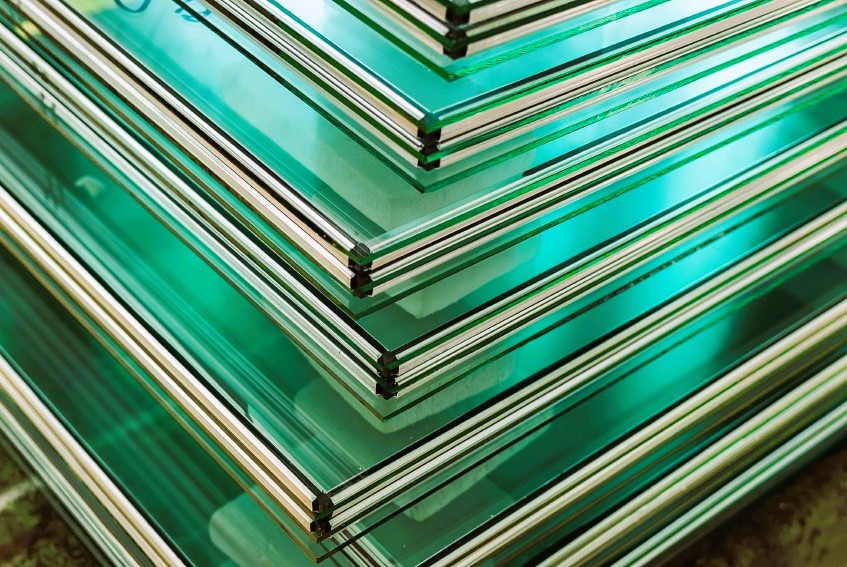Glass, often referred to as the “miracle material,” is a substance that has fascinated humanity for centuries. Its versatility, transparency, and durability have made it an integral part of our daily lives. From the windows that let in natural light to the delicate glassware that adorns our tables, glass is all around us. In this article, we will explore the basics of glass production and delve into its significance in various industries and applications.
The Birth of Glass
The history of glass dates back thousands of years, with its origins shrouded in mystery and legend. The earliest glass artifacts were likely created by accident when natural substances like obsidian (volcanic glass) were heated by the intense heat of volcanic eruptions and then cooled rapidly. These chance discoveries eventually led to the deliberate production of glass.
One of the most significant advancements in ancient glassmaking occurred in Mesopotamia around 3500 BCE. The Mesopotamians learned to create glass objects by shaping molten glass around solid cores, a technique known as “core forming.” This marked the birth of glass production as we know it.
The Glass Production Process
Glass production is a precise and intricate process that involves transforming raw materials into the transparent material we recognize as glass. The primary raw materials for glass production are silica (in the form of sand), soda ash, and limestone. Here is an overview of the glass production process:
- Batch Preparation: The raw materials are carefully measured and mixed to create a homogeneous batch. The specific composition of the batch varies depending on the desired type of glass.
- Melting: The batch is heated in a furnace to extremely high temperatures, typically exceeding 1700 degrees Celsius (3092 degrees Fahrenheit). This heat causes the raw materials to melt and fuse together.
- Forming: The molten glass is shaped into the desired form. This can involve processes such as blowing, drawing, rolling, or pressing, depending on the end product.
- Annealing: The formed glass is gradually cooled in an annealing oven to relieve internal stresses and ensure uniform thickness and strength.
- Cutting and Finishing: Once the glass has been annealed, it is cut, polished, and finished according to its intended use.
The glass production process may vary for different types of glass, including soda-lime glass, borosilicate glass, and specialty glasses with unique properties. What materials are used in the production of window glass, read more here.
Significance of Glass Production

Glass production holds immense significance in various industries and applications:
- Construction: Glass is a fundamental element in modern architecture. It provides natural light, thermal insulation, and aesthetic appeal to buildings. Energy-efficient glass options, such as Low-E glass, contribute to sustainability by reducing heating and cooling costs.
- Transportation: The automotive industry relies on glass for windshields, windows, and mirrors. Advanced safety features like laminated glass enhance passenger protection.
- Technology: Glass is used in the production of screens for smartphones, tablets, and televisions. It is also essential in optical lenses, camera lenses, and fiber optics for high-speed communication.
- Art and Decor: Glass artistry has a rich history, from stained glass windows in cathedrals to contemporary glass sculptures. Glass also plays a vital role in interior design and home decor.
- Medicine: Glass is used in medical devices such as test tubes, syringes, and surgical instruments due to its non-reactive and sterile properties.
- Energy: Glass is a key component in solar panels, concentrating solar power systems, and photovoltaic technology, contributing to renewable energy solutions.
- Science and Research: Laboratories rely on glassware for experiments and research due to its transparency, inertness, and ease of sterilization.
- Environmental Sustainability: Glass is a recyclable material, and its recycling reduces energy consumption and greenhouse gas emissions.
Understanding the basics of glass production is the first step in appreciating the essential role that glass plays in our lives. Its versatility and adaptability continue to drive innovations across various industries, making it a material of enduring importance.
For more detailed information on glass production standards and practices in Canada, you can visit the Canada.ca Glass Manufacturing Standards page.
As we continue to explore the fascinating world of glass, we will delve deeper into the various aspects of glass production and its far-reaching impact on our modern world.




